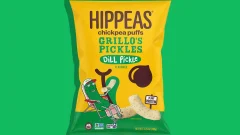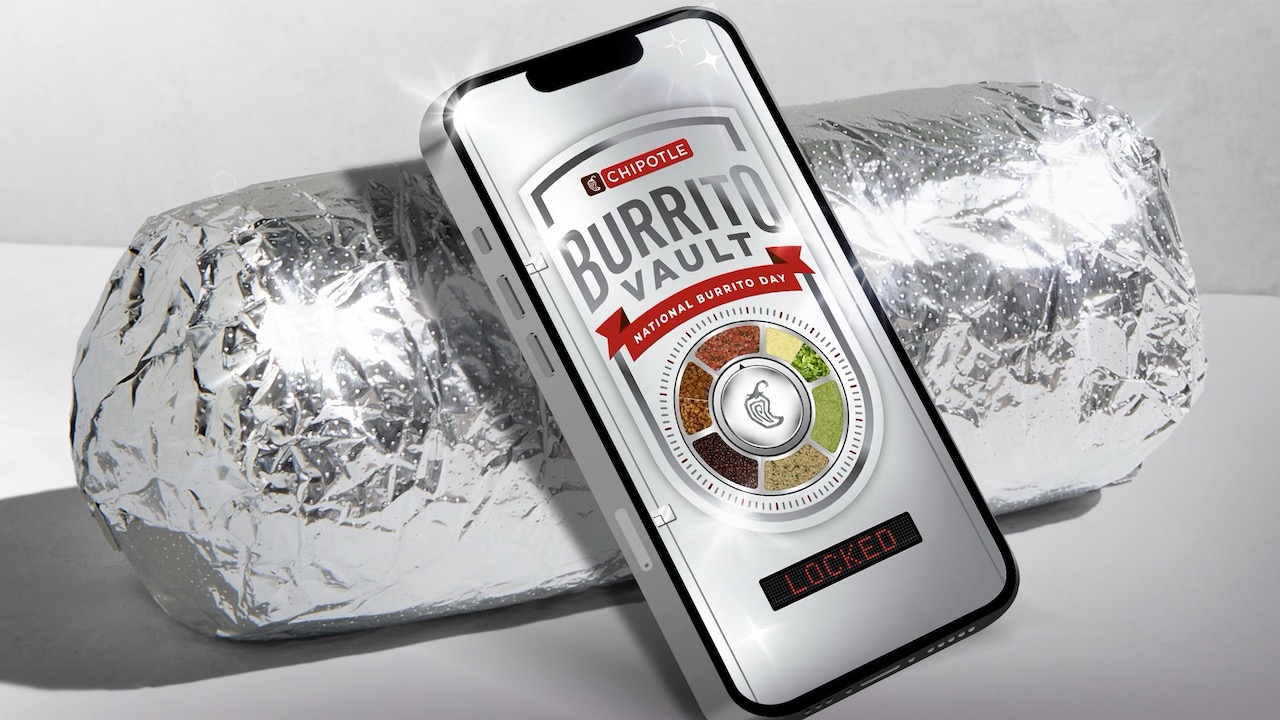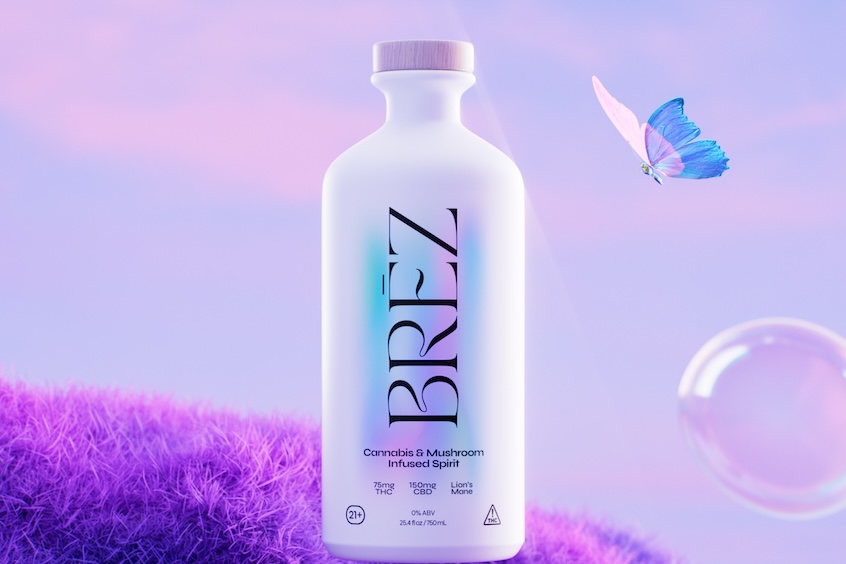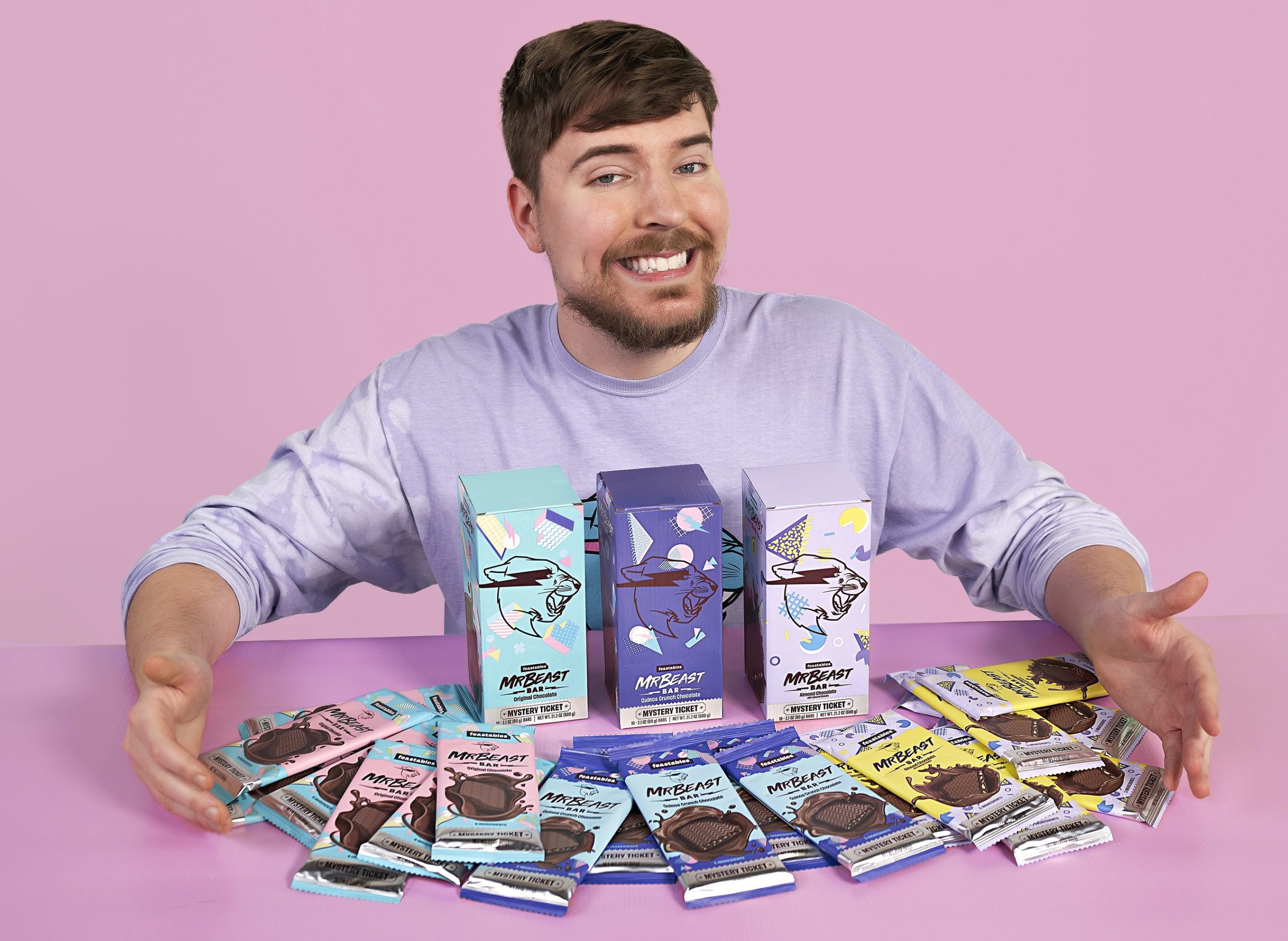8 Superfoods You’ve Never Heard Of But Need To Know
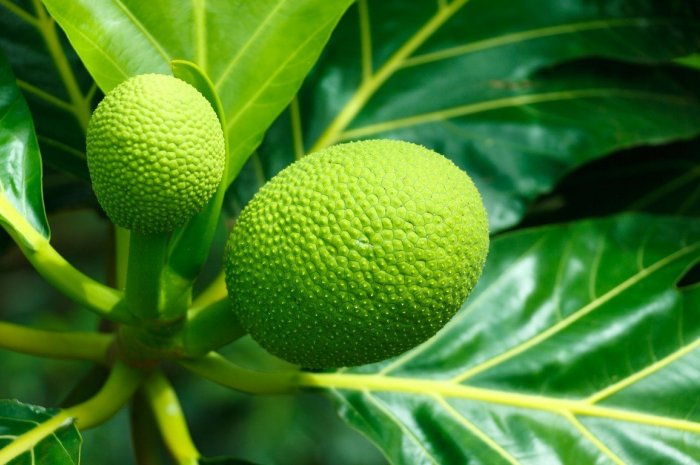
Determining which foods deserve to be called “super” is not an empirical process, and the lack of a formal definition makes it nearly impossible to navigate through the waves of superfood speculation. It’s hard to believe the types of ingredients that people will deem superfoods. Therefore, it’s important to take an objective approach when you see the word “superfood” so as not to be sucked into a marketing ploy. There’s no one tincture, tonic, or powder to cure all of life’s ailments, but there is a variety of largely unknown fruits, vegetables, and other foods that are especially nutrient-dense.
Often it’s the foods that we hear about the most that are deemed the healthiest, but the loudest voices aren’t always the right ones. This list was designed to bring to the forefront lesser-known foods that pack a strong nutritional punch, and although some of them might be difficult to obtain, each possesses at least one special quality making it worthy of the title of “superfood.”
Here’s our list of the top eight superfoods you’ve never heard of but need to know.
Blue Majik or E3Live Blue Green Algae

If the name doesn’t intrigue you, check your pulse. Blue Majik is a florescent blue powder derived from the nutrient-dense algae Spirulina. It’s full of vitamins, minerals, and amino acids, and is especially effective at supporting antioxidant and cellular protection. The algae’s C-phycocyanin gives the powder its Smurf-like color. Try adding it to breakfast smoothies to mask its slightly fishy flavor.
Breadfruit

The gluten-free breadfruit, about the size of a basketball, is an this unassuming fruit that could be a potential solution to global hunger. According to Time.com, a single breadfruit tree can produce 450 pounds of nutrient-dense fruit per season, which is enough to greatly supplement the diets of a family of four. The fruit is full of protein, calories, and other essential nutrients, with one cup containing the potassium of three bananas.
Camu Camu

Camu camu is the fruit of a strange Amazonian shrub. By weight it contains 30 to 50 times more vitamin C than an orange and is helpful in curing viral infections such as herpes, cold sores, and shingles. Although the research is still inconclusive, camu camu may also function as a natural antidepressant. It’s sold in the United States in the form of a powder, making it easy to add to shakes and smoothies.
Cockroach Milk

The idea of cockroach milk is repugnant to anyone who lives in a big city, but the yellow liquid that the female Pacific beetle cockroach feeds its babies is actually really good for you. According to a team of researchers at the India’s Institute of Stem Cell Biology and Regenerative Medicine, the cockroach “milk” is “amongst the most nutritious substances on Earth.” The protein content is higher than that of milk from cows, goats, and buffalos. Even if the public is willing to accept it, they might have to wait until it’s available in the United States. Apparently, it’s not so easy to milk a cockroach.
Moringa

While it’s also known as the horseradish tree, Moringa oleifera‘s leaves won’t clear out your sinuses. Those leaves, of a Southeast Asian tree, are ground to make a vibrant green powder. Moringa is full of vitamins A, C and E, calcium, and potassium, and has also been found to reduce plaque build-up in the arteries, subdue inflammation, and support brain health.
Oca

It might look like a little wrinkled potato, but this petite tuber is teeming with minerals like iron and phosphorus, and is also an excellent source of amino acids. Oca is originally a South American perennial plant, but it’s now grown around Western Europe and New Zealand. There are more than a thousand varieties of oca; some taste like a traditional white potato, while others have a sweeter apple-celery flavor.
Prickly Pear Cactus

Is the prickly pear cactus the kale of the desert? Though it’s grown in dry climates, the fruit of the cactus tastes tropical, falling somewhere between that of a kiwi and a watermelon. The cactus is high in vitamins and antioxidants, but it’s most notable quality is that it can be grown in arid desert climates. The pads of the cactus, called nopales, are popular in Mexican cooking. The pads have a soft flash, and have a consistency similar to that of okra. The cooked pads have a lemony flavor, and have been found to reduce glucose levels. The pad and fruit can most likely be found in Mexican grocery stores, but check your local supermarket or other ethnic grocers too.
Sea Buckthorn

The golden-orange berries of the sea buckthorn are difficult to harvest, but their health benefits are worth the trouble. They have nine times the amount of vitamin C as comparable citrus fruits. Sea buckthorn is great for vegans because it’s a non-meat food that contains vitamin B12. The berries, however, are so sour that they are only palatable as a jam or highly concentrated syrup, which can be added to juices or smoothies. The berries can be difficult to find in the United States so you might be better off just purchasing sea buckthorn berry extract online.














